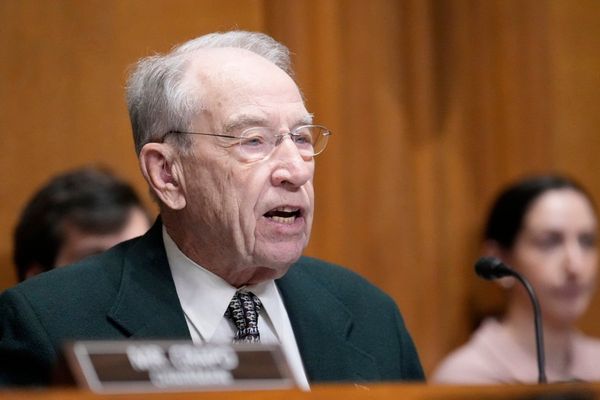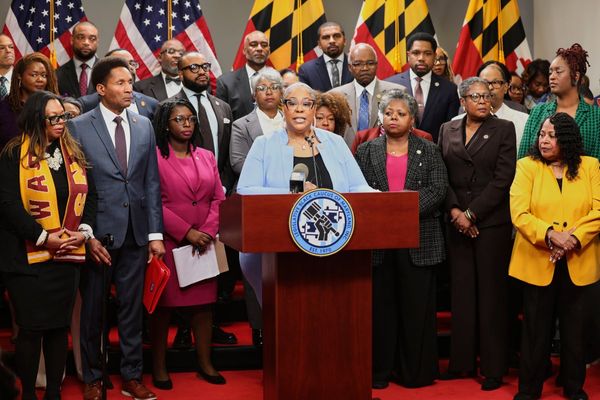
From bugs vanishing from our windshields to a procession of broken climate records, big change comes slowly but is no less important for it, Marc Daalder writes
Comment: The most shocking climate extreme we could possibly see next week is none at all. Increasingly, the least surprising thing about life in the Anthropocene is how commonplace the most surprising events have become.
It’s the monotony of the extremes.
Each week, nonstop, a rolling maul of abnormally violent weather.
Devastating flooding in Nelson, a fire tornado in Portugal, record-breaking rainfall in Texas, catastrophic inundation in Pakistan, historic droughts in China threatening electricity supply, a blazing heat wave in California that nearly buckled the power grid.
All that in just the last two weeks of August.
Eventually you run out of synonyms for “destructive”. Cataclysmic, ruinous, calamitous. Give it a couple more weeks and they’ll be used up too.
For every extreme event that makes the headlines, there are plenty more that fly under the radar - not for the people experiencing hell on earth, but for the rest of the world.
Want more like this? Subscribe to Newsroom's Sustainable Future newsletter for a weekly digest of news and views on sustainability and the climate crisis.
As these abnormal disasters become more and more normal, they’ll garner less attention too.
Sure, the record-breaking, most devastating events will always get coverage. But what’s aberrant right now will be commonplace in a decade or two, and treated that way.
This is a form of shifting baseline syndrome, a term devised to illustrate how humans are biased to think the current state of the natural world is its normal state.
We live short lives, in comparison to the timescales on which ecosystems develop and the earth system changes. Each new generation is understandably prone to assuming the world has always been the way it is today - but as human actions are drastically changing the world, we risk discounting or missing those changes.

We can detect rapid shifts. But the slow degradation of ecosystems or the steady loading of the climate dice towards more frequent and more intense disasters is imperceptible, unless we take a moment, step back, and think about the way things once were.
That’s not easy - particularly for the youngest of us. When I was born, carbon dioxide concentration in the atmosphere had already crossed the “safe” threshold of 350 parts per million.
I’ve never lived in a world where human civilisation used only its fair share of natural resources. Given the time it will take to come back within those planetary boundaries, I may never live in that world.
But even I have experienced a bit of shifting baseline syndrome in my lifetime. The windshield phenomenon sticks out to me. I recall quite clearly the number of bugs that would be splattered on my parents’ car windshields after a drive when I was a child.
Now, when I get out of my car, the windshield is dusty but bug-free. This isn’t a result of more aerodynamic cars or selective memory, but rather of a wholesale collapse in insect populations around the world.
Then there are climate impacts.
The frequency and intensity of extreme events we’re seeing now would be unheard-of just a couple of decades ago. A couple of decades from now, what’s extreme today will be commonplace and what’s unimaginable today will be merely the new “abnormal”.
One of the unfortunate effects of shifting baseline syndrome is that it makes it easier to deny reality. It doesn’t feel like the world is changing all that fast, so is it really?
We’ve known for a while about the biodiversity crisis. We’ve known for a while about climate change. But shifting baseline syndrome has given us a licence to ignore what we know, in favour of what we see.
All of this was compounded for me when I sat down to read an ominous new study this week. Titled 'Exceeding 1.5°C global warming could trigger multiple climate tipping points', the new paper from a team of Swedish, British and German scientists puts the riskiest potential climate impacts in blunt layperson’s terms.
“Current warming is ~1.1C above preindustrial and even with rapid emission cuts warming will reach ~1.5C by the 2030s. We cannot rule out that [West Antarctic ice sheet] and [Greenland ice sheet] tipping points have already been passed and several other tipping elements have minimum threshold values within the 1.1 to 1.5C range.”
Climate tipping points have been a subject of scientific debate for decades. In brief, while exact definitions are contested, tipping points are temperature thresholds beyond which certain large-scale climate impacts will become self-perpetuating and irreversible.
If we were to theoretically halt all emissions tomorrow, the earth system would stabilise with time. Warming and most other impacts would stop. If we began removing carbon dioxide from the atmosphere, the planet would even cool.
Tipping points are the exception. Given we do intend, as a civilisation, to stop emitting at some point and to reach net-negative emissions shortly thereafter, tipping points are crucial to understand as the potential confounding factors in any plan to reverse climate change.
What’s so remarkable about this latest paper is that it is a systematic review of the recent literature on tipping points. It identifies what parts of the earth system are vulnerable to tipping, what temperature thresholds are likely to set them off and how long their impacts will be felt.

Take the Amazon Rainforest as an example. The world’s largest tropical forest stores four to six years’ worth of human emissions. It’s also extremely vulnerable to climate impacts.
About a third of the rain that falls in the Amazon basin is recycled by the forest, particularly during the dry season. Under climate change, rainfall is expected to decrease, which will lead to more of the forest dying, which could lead to less water being recycled and therefore less rainfall in the future.
In other words, while warming is initially responsible for the decrease in rainfall, once enough of the forest has died, that decrease will continue regardless of warming. Rainforest loss, the tipping points study says, “could initiate self-reinforcing drying that tips this portion into a degraded or savanna-like state”.
Self-perpetuating drying is considered likely if temperatures rise to 3.5C and would take place over around 100 years.
That’s worrying enough, but the most concerning tipping points identified in the study are the ones we’re closest to breaching. Those are the ice sheets I mentioned above.
Self-perpetuating melting of two of the world’s three largest ice sheets could be triggered by warming as low as 1C - a threshold we’ve already passed. Tipping points are considered likely to be crossed at 1.5C.
We talk about sea-level rise in centimetres at the moment, but if all of the ice on Greenland and much of the ice on Antarctica melted into the oceans, we’d have to switch to talking in metres.
There are two bits of good news - or at least not-so-bad news.
First, the paper says it’s possible we could overshoot ice sheet tipping point triggers temporarily (for a few decades) without setting them off. If temperatures rise above 1.5C but then fall back below by the end of the century, we might be okay.
Second, the timescale on which the ice sheets would melt is long. Really long. The median estimate for the West Antarctic ice sheet is 500 years. For Greenland, it’s 1000.
If we trigger these tipping points, those impacts will be irreversible. But they won’t happen immediately.
Already, I can feel the shifting baseline syndrome (and the associated licence to ignore) creeping in.
Will humans really notice change over that time scale?
Probably not, if our experiences with the biodiversity and climate crises are anything to go by. But does that mean those impacts will be any less devastating? Based on what we saw in Nelson and Portugal and Texas and Pakistan and China and California in just the last two weeks of August, probably not.
These tricky timescales and cognitive biases are one of the hardest things about climate change.
It’s true to say that neither I nor anyone reading this will be alive to see the worst impacts of ice sheet collapse, if it ends up happening.
But it’s also true - and much more important - to say that you and I are probably the last people alive who have a chance to stop it from happening.







